Marine Debris Prevention
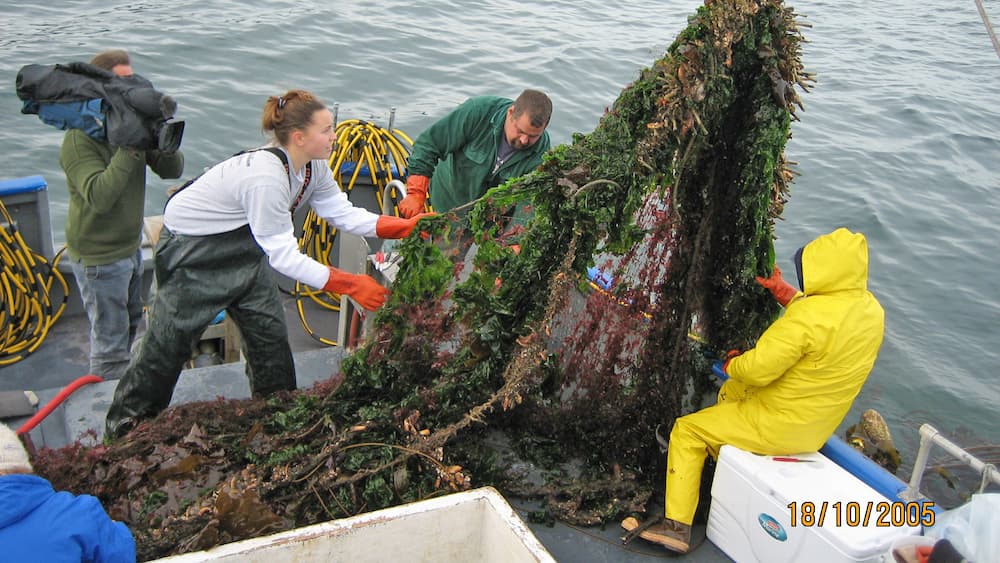
NOAA’s Office of National Marine Sanctuaries, working closely with tribal and state representatives on the Intergovernmental Policy Council and a Sanctuary Advisory Council working group, designated Olympic Coast National Marine Sanctuary as a sentinel site for ocean acidification in November 2019.
Marine debris is any persistent, manufactured or processed solid material disposed of or abandoned, intentionally or unintentionally, into the marine environment. It is most visible as litter—plastic bottles and caps, rope, broken bits of plastic—that lines coastal beaches. Marine debris breaks down to become very small microplastics that can be found throughout the water column and washed ashore. Larger and heavier items, such as derelict fishing gear, end up on the seafloor.
Marine debris is a global problem that threatens the ocean and coasts, marine life, our economy, safe navigation, and human health and safety. Although marine debris is found worldwide, each of us can all help with small actions. Reduce your use of plastics and food packaging, reuse containers, recycle and dispose of waste in an appropriate manner. On your next beach walk, carry some beach litter back for appropriate disposal or join an organized beach cleanup to enjoy the group stewardship energy!
Olympic Coast National Marine Sanctuary has worked with citizen science volunteers since 2001 to identify, and quantify types of marine debris found along various segments of shoreline bordering the sanctuary. During periodic surveys, volunteers have removed nearly 70,000 pieces of marine debris from the Olympic Coast coastline!
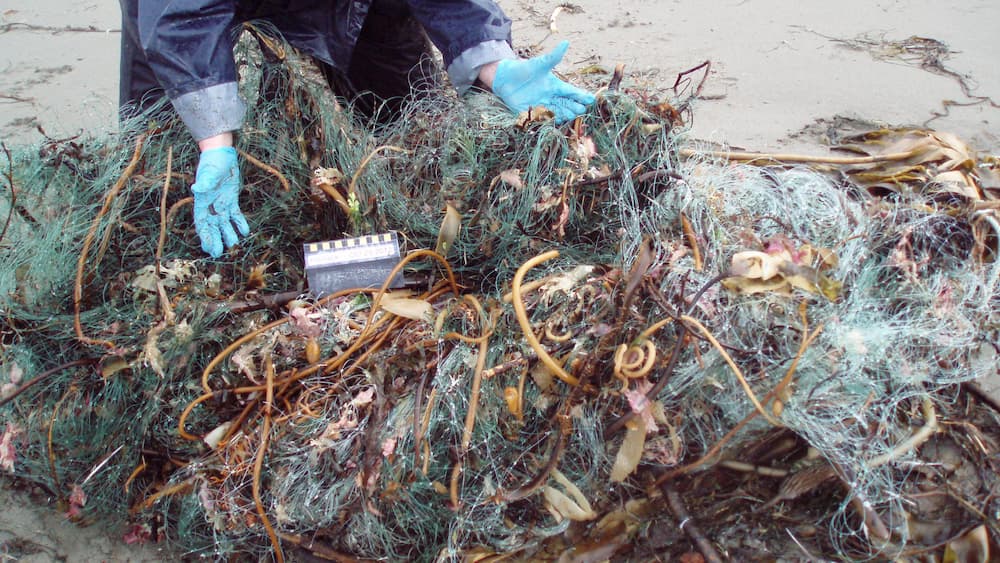
The sanctuary is also a founding partner of the Washington Clean Coast Alliance that sponsors the Washington CoastSavers program. Washington CoastSavers organizes volunteers for beach cleanups occurring throughout the year along shores between the Columbia River and the Strait of Juan de Fuca.
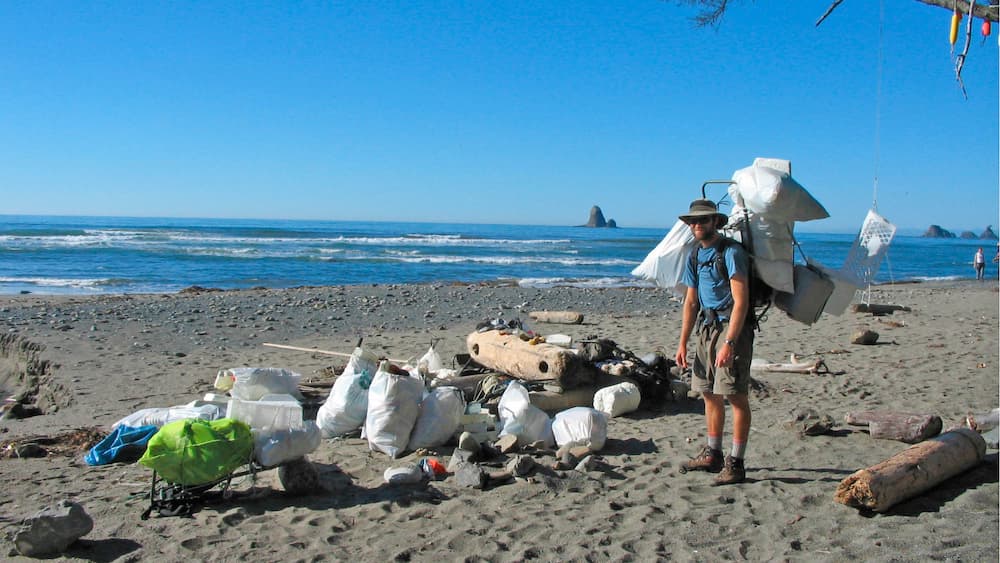
Additionally, NOAA's Marine Debris Program supports national and international efforts to research, prevent, and reduce the impacts of marine debris. This program serves as a centralized capability within NOAA, coordinating and supporting activities within NOAA and with other federal agencies, as well as using partnerships to support projects carried out by state and local agencies, tribes, non-governmental organizations, academia, and industry.
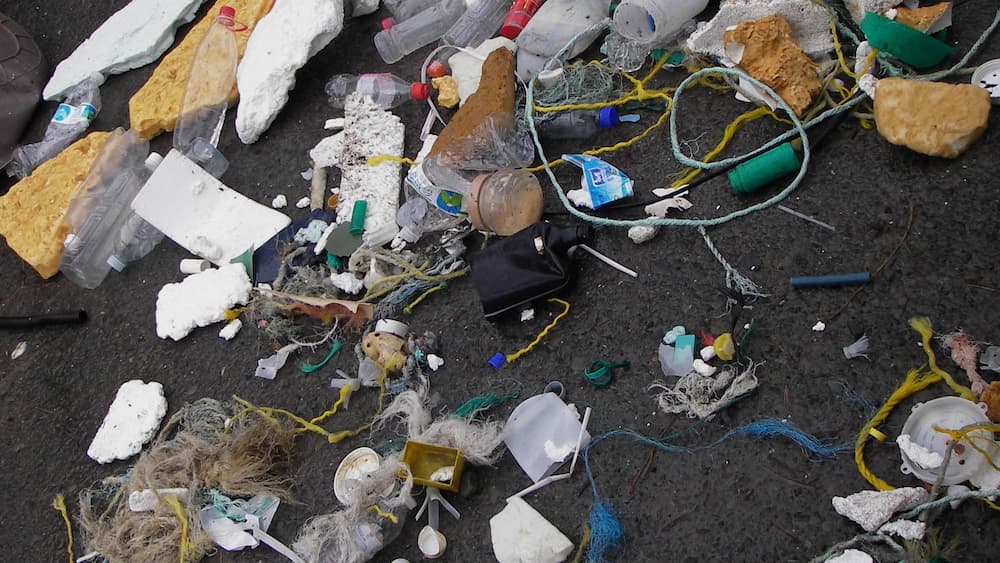
The earthquake that struck Japan in March 2011 was followed by a tsunami, which carried many tons of debris into the ocean, including a Japanese dock that beached in a remote location of Olympic National Park and Olympic Coast National Marine Sanctuary.
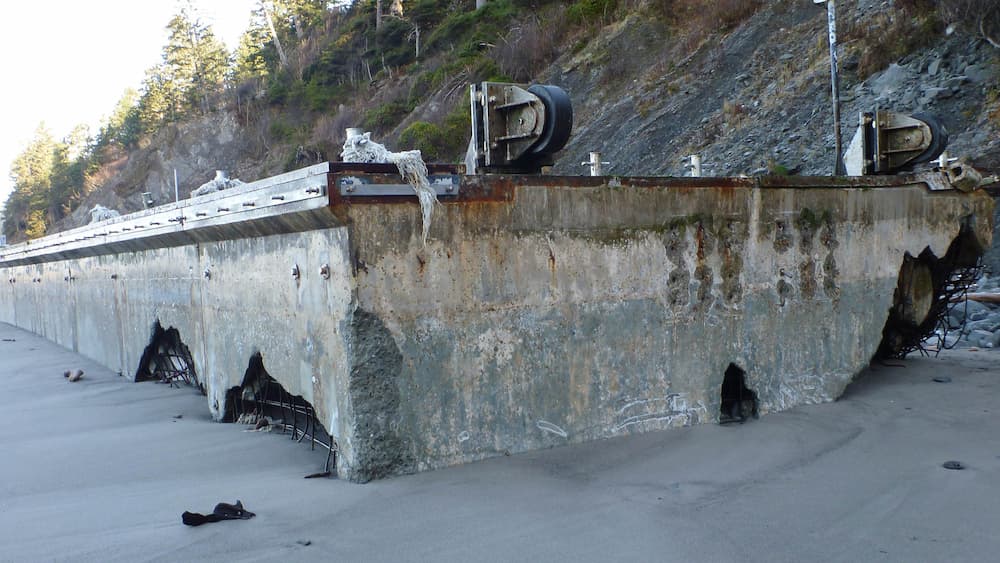
Between 2012 and 2019, Olympic Coast National Marine Sanctuary and NOAA's Marine Debris Program partnered in the Marine Debris Monitoring and Assessment Project (MDMAP) to engage citizen science volunteers in identifying the types and quantities of shoreline marine debris at 26 locations adjacent to the sanctuary along the western or outer coast of Washington state and the northern coast of the Olympic Peninsula and southern shore of the Strait of Juan de Fuca. Data was gathered to identify whether marine debris loads were noticeably higher as a result of the 2011 Japanese tsunami. Over the seven-year period of marine debris monitoring in the sanctuary, 61,449 pieces of debris were collected and recorded in the MDMAP database. Only a small portion of the debris was attributable to the tsunami. The most frequently found items were plastic.
Get Involved!

Marine Debris Monitoring and Assessment Project (MDMAP)
Survey and record the amount and types of marine debris on shorelines.
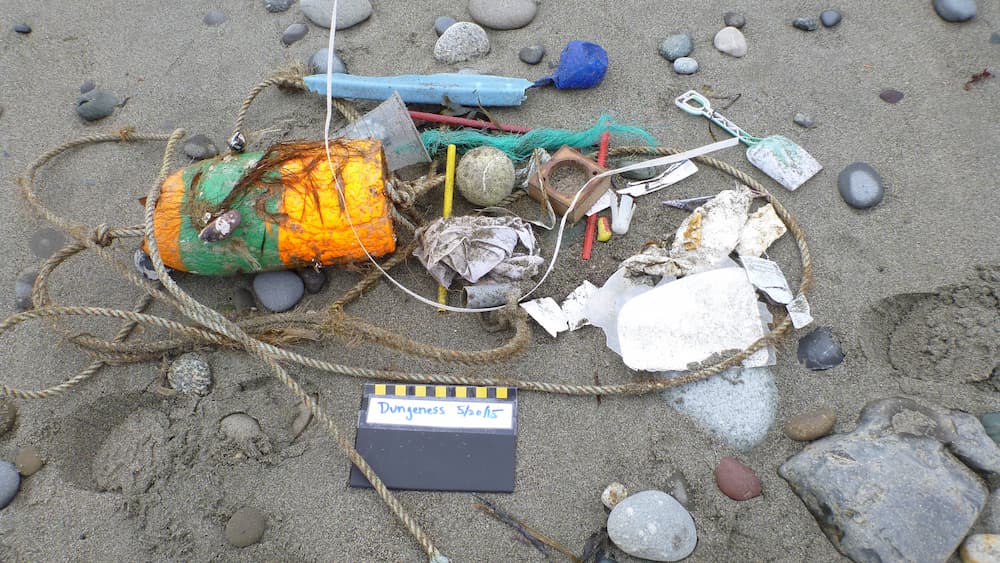
Marine Debris COASST
Conduct monthly marine debris surveys with the Coastal Observation and Seabird Study Team (COASST).


